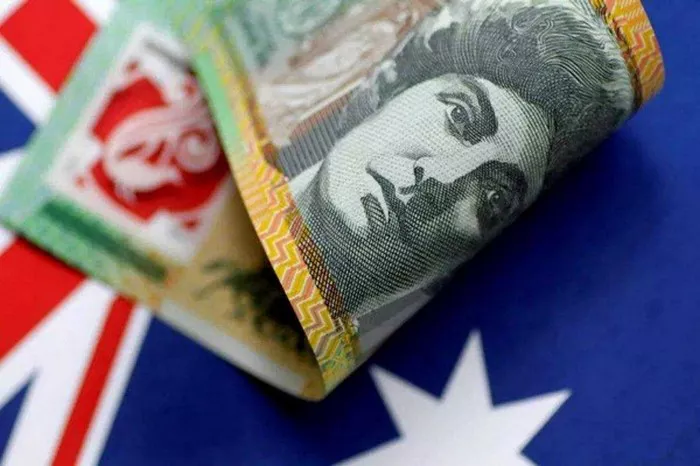The Australian dollar, also known as the AUD or simply the dollar, is the official currency of Australia. It is one of the world’s most traded currencies, with a daily trading volume of over $400 billion USD. The Australian dollar is also used in the surrounding Pacific Islands and is the sixth-most-traded currency in the world.
History of the Australian Dollar
Before the introduction of the Australian dollar in 1966, Australia used the British pound sterling as its official currency. However, due to economic changes and the need for a more stable currency, the Australian government decided to introduce a new currency that would be more reflective of the country’s growing economy and independence.
The new currency was initially called the Australian pound and was introduced in 1966, at a rate of two dollars per pound. Shortly thereafter, the name was changed to the Australian dollar, and it has remained the official currency of Australia ever since.
Design of the Australian Dollar
The design of the Australian dollar banknotes and coins has undergone several changes over the years. Today, the banknotes feature images of prominent Australians who have made significant contributions to the country. For example, the $5 note features Queen Elizabeth II and a portrait of Sir Henry Parkes, who is considered the “father of federation” in Australia. The $10 note features Banjo Paterson, an Australian poet and writer, and Dame Mary Gilmore, a poet and journalist. The $20 note features Mary Reibey, a convict who became a successful businesswoman, and Reverend John Flynn, a Presbyterian minister who founded the Royal Flying Doctor Service. The $50 note features David Unaipon, an Aboriginal inventor and writer, and Edith Cowan, the first woman elected to the Australian parliament. Finally, the $100 note features Dame Nellie Melba, a famous opera singer, and Sir John Monash, a military commander and engineer.
The Australian coins also feature images of important figures and symbols. The $1 coin features five kangaroos, while the $2 coin features an Aboriginal elder and a Torres Strait Islander. Other coins include the 10-cent coin, which features a male lyrebird, and the 20-cent coin, which features a platypus.
Value of the Australian Dollar
The value of the Australian dollar is determined by a number of factors, including economic growth, inflation, interest rates, and global commodity prices. Australia is a major exporter of commodities such as iron ore, coal, and natural gas, and changes in commodity prices can have a significant impact on the value of the Australian dollar.
In recent years, the Australian dollar has fluctuated between approximately 0.68 USD and 0.80 USD. This volatility can make it difficult for businesses that rely on stable exchange rates to plan and budget effectively.
Uses of the Australian Dollar
The Australian dollar is primarily used within Australia, but it is also accepted in many other countries throughout the world. In addition, many businesses and individuals use the Australian dollar as a reserve currency, meaning that they hold it in reserve as a store of value or to facilitate international trade.
The Australian dollar is particularly popular in the Asia-Pacific region, where it is widely used in trade and investment. In addition, the Australian government has made efforts to promote the use of the Australian dollar in international transactions, including the establishment of offshore trading hubs in countries such as Hong Kong and Singapore.
Credit Cards Accepted in Australia
In Australia, credit cards are widely accepted at most merchants that accept electronic payments. The most commonly accepted credit cards in Australia are Visa and Mastercard, followed by American Express and Diners Club.
However, it’s worth noting that some smaller merchants may not accept certain credit cards due to higher processing fees. Additionally, some merchants may only accept local credit cards, so if you’re traveling from overseas, it’s a good idea to check with your credit card provider before you go to ensure that your card will be accepted.
Overall, though, credit cards are a convenient and widely accepted form of payment in Australia, and many businesses offer contactless payment options for even greater ease of use.
Conclusion
The Australian dollar is a prominent currency in the global economy, with a rich history and diverse uses. Its value is shaped by a range of economic factors, and its design reflects the country’s unique cultural heritage and identity. As Australia continues to grow and develop, the Australian dollar will likely remain an important symbol of the country’s economic strength and independence.


